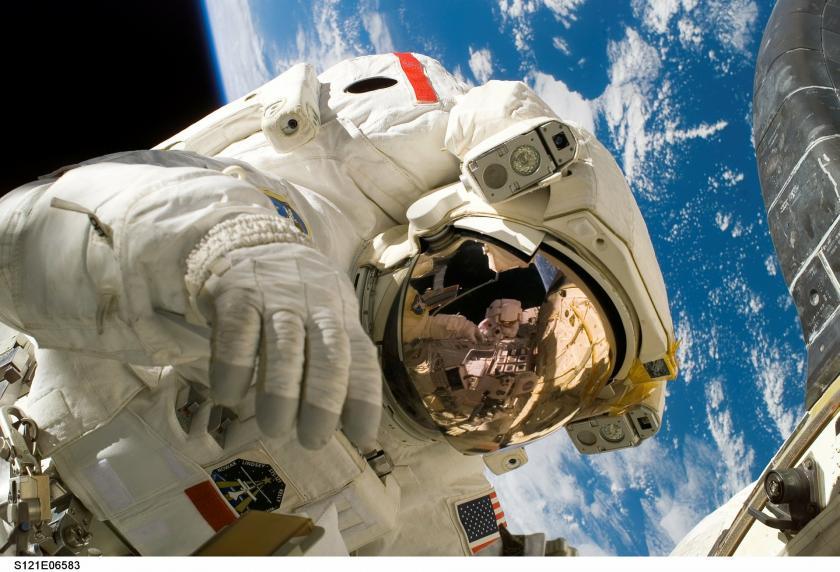Small robotic explorers and a lander loaded on the Japanese asteroid explorer Hayabusa2 have collected valuable data after successfully landing on the asteroid Ryugu, attracting global attention for the accomplishment.
Hayabusa2 carried three Minerva-II rovers and the Mobile Asteroid Surface Scout (MASCOT) lander for the deep-space mission.
Of the Minerva-II rovers, two were developed by the Japan Aerospace Exploration Agency (JAXA) while the other was completed by a university project team including Tohoku University. JAXA’s rovers are 7 centimeters tall and the other is about 15 centimeters in height. The MASCOT — about 20 centimeters in tall — was jointly developed by the German Aerospace Center (DLR) and French National Center for Space Studies (CNES).
The Yomiuri Shimbun
The Yomiuri Shimbun
The aim of deploying the Minerva-II rovers and MASCOT lander was to explore the surface of Ryugu in preparation for Hayabusa2’s descent to the asteroid. Collected data by the rovers and lander, together with samples Hayabusa is scheduled to obtain, are expected to shed light on the features and origin of the asteroid.
JAXA’s two rovers were deployed and successfully descended to Ryugu in September. The rovers transmitted images to Earth, captured during a hopping movement on the surface of Ryugu. Foreign media spread the news of the operation’s achievement. In October, the MASCOT was deployed safely to the asteroid’s surface as well and analyzed mineral components of the surface soil.
In addition to collecting data, the rovers were also tasked with moving around on the surface of Ryugu. Because small celestial objects have weak surface gravity — asteroid Ryugu’s gravity is just about one-80,000th that of Earth’s — a robotic explorer with wheels wouldn’t be able to propel itself and would float off the surface due to insufficient frictional force.
The Minerva-II rovers, on the other hand, are capable of moving across the surface by hopping. They generate the necessary force for a hop by rotating a swing weight installed inside. Both rovers were confirmed to have actually hopped and moved during the mission — the first time this has ever been achieved in deep space.
Although the previous Minerva rover loaded on the first Hayabusa mission had the same feature, the explorer could not land on asteroid Itokawa.
“I am glad that the mission was finally accomplished,” said JAXA associate Professor Tetsuo Yoshimitsu, who developed both the Minerva and Minerva-II rovers. Regarding the achievements of the Minerva-II rovers this time, he said with a smile, “It was not perfect, so the score is 99 out of 100.”
The exploration conducted by the Minerva-II rovers and the MASCOT found that more bigger rocks than expected exist on the surface. With a better understanding of the surface conditions, JAXA decided to postpone Hayabusa2’s landing from October until January or later in order to refine its preparations.
The third Minerva-II rover is scheduled to descend to Ryugu around July after Hayabusa2 touches down on the asteroid and then takes off to reposition itself at an altitude of 20 kilometers above the asteroid. Speech



